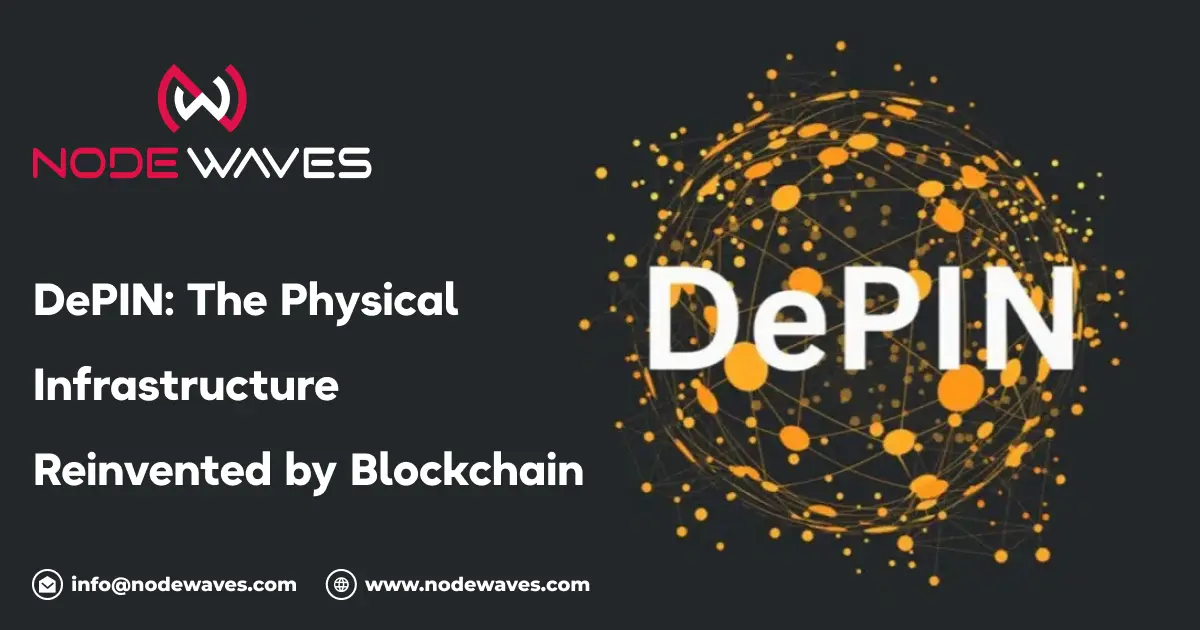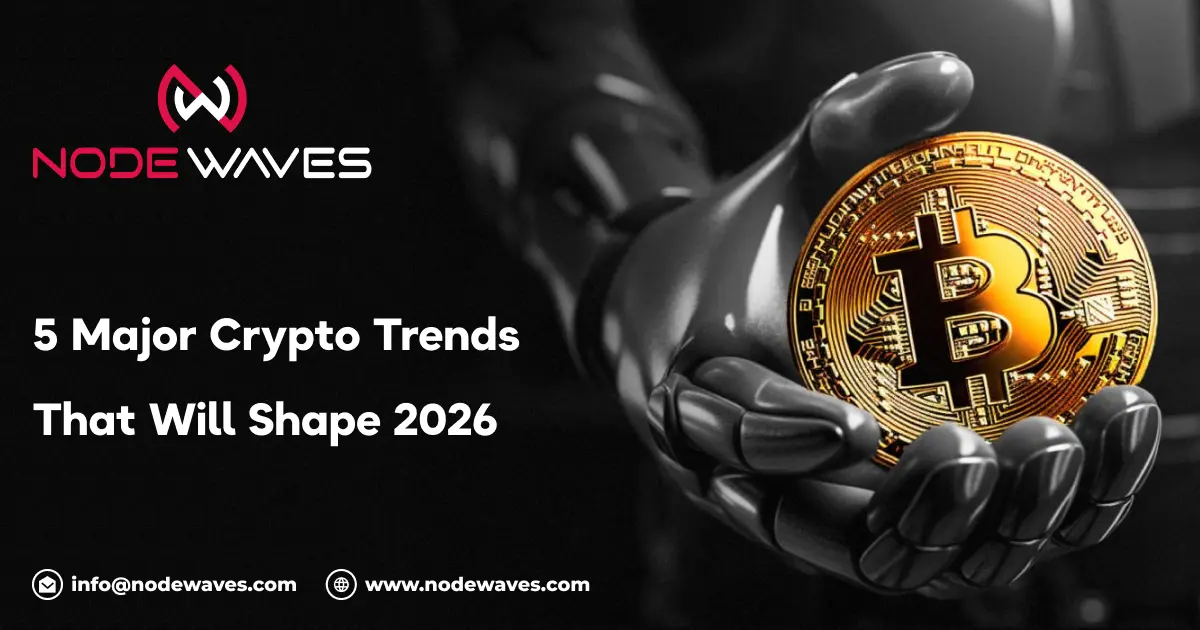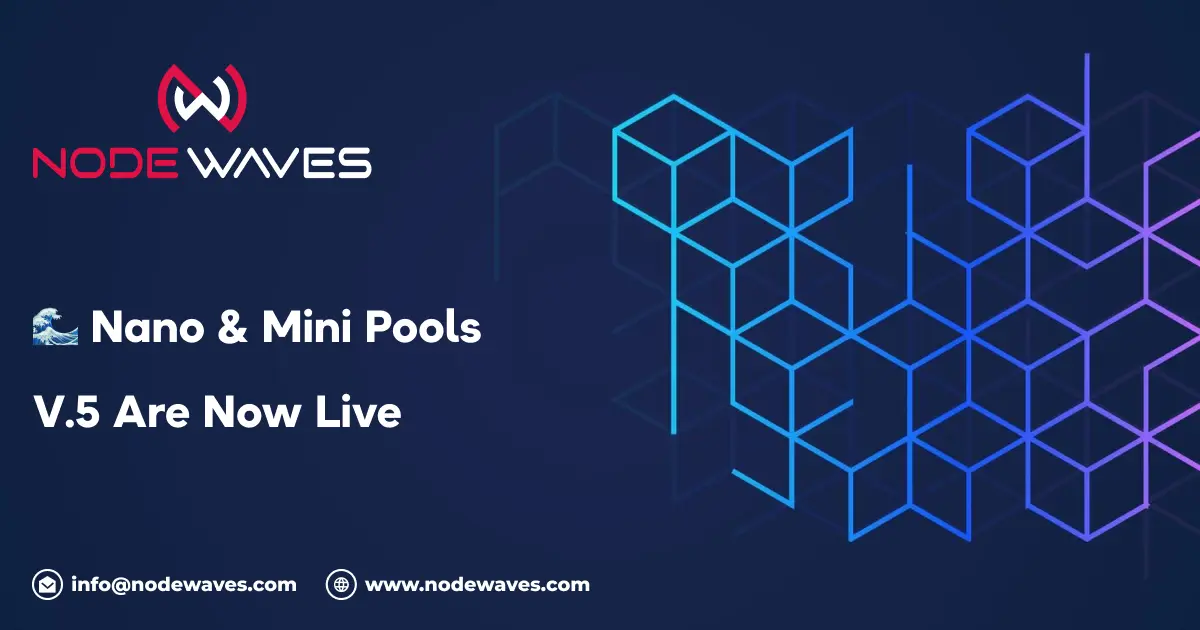DePIN: The Physical Infrastructure Reinvented by blockchain
What is DePIN?
DePIN stands for Decentralized Physical Infrastructure Networks. It’s a new movement that combines blockchain technology with real-world infrastructure.
Think of it as the next step in how we connect, build, and share resources powered by communities, not corporations.
Instead of one big company owning servers, networks, or devices, DePIN lets anyone contribute and earn rewards. It’s a peer-to-peer model that makes physical networks more open, transparent, and fair.
How DePIN Works
DePIN runs on blockchain networks that track ownership, participation, and rewards. Here’s how it generally works:
- People or businesses provide resources like hardware, sensors, or data.
- The blockchain records these contributions, ensuring everything is verified and transparent.
- Participants earn tokens as rewards for helping build and maintain the network.
Every action from sharing bandwidth to storing data is tracked on-chain. That’s what makes DePIN systems secure and reliable.
Examples of DePIN in Action
To make it more straightforward, here are some real-world examples of how DePIN is used:
- Helium Network: Builds a decentralized wireless network powered by individuals running small devices called hotspots.
- Filecoin: Offers decentralized data storage where users rent out unused storage space and get paid in tokens.
- Render Network: Lets users share their computer’s processing power for digital rendering tasks.
All these projects use the DePIN model, rewarding people who provide real-world services.
Why DePIN Matters
DePIN is more than just another blockchain buzzword. It changes how we build infrastructure in several key ways:
- Community Ownership: Control is spread among users, not large corporations.
- Lower Costs: Without intermediaries, networks become cheaper and more efficient.
- Transparency: Every transaction is recorded on the blockchain.
- Better Incentives: People are rewarded for their fundamental contributions, creating a fair system.
This model makes DePIN a powerful solution for industries like telecommunications, energy, logistics, and cloud computing.
Top Benefits of DePIN
Here’s why many experts believe DePIN will shape the future of infrastructure:
- Decentralized Control: No single entity dominates the network.
- Increased Efficiency: Distributed systems use resources that would otherwise go to waste.
- Data Ownership: Users retain control over their data instead of giving it to tech giants.
- Community Rewards: Every participant gains from the network’s success.
- Sustainability: Shared infrastructure reduces duplication and energy waste.
DePIN vs Traditional Infrastructure
This simple comparison shows how DePIN flips the old system into something far more people-driven.
Challenges Ahead
Like any new technology, DePIN still faces a few hurdles:
- Scalability: Managing large decentralized systems can be complex.
- Regulation: Governments are still learning how to handle decentralized networks.
- Adoption: People need time to understand and trust the model.
Still, with strong innovation and clear value, these challenges are already being addressed by many DePIN projects.
The Future of DePIN
DePIN could soon power smart cities, energy grids, and even transportation systems. By rewarding people for contributing resources, DePIN creates a shared economy that connects digital and physical worlds in a fair way.
As more users join, networks become more substantial and more valuable. That’s the beauty of decentralization: the more people participate, the better it gets.
Nodewaves Token: A Promising Investment
If you're looking for the best crypto token to invest in for 2025, the nodewaves token is a solid choice. This token is designed to work seamlessly within decentralized infrastructure networks, making it an essential asset for the future of blockchain-based systems.
Nodewaves aims to incentivize community participation and resource-sharing, which fits perfectly within the DePIN model. By holding or using Nodewaves tokens, you not only invest in cutting-edge technology but also take part in a thriving decentralized economy. For those looking to get involved in this rapidly growing space, Nodewaves could be one of the best crypto in 2025. Interested in learning more?
Key Takeaways
- De-PIN means Decentralized Physical Infrastructure Networks.
- It links blockchain technology with real-world infrastructure.
- Users contribute resources and earn tokens for participation.





